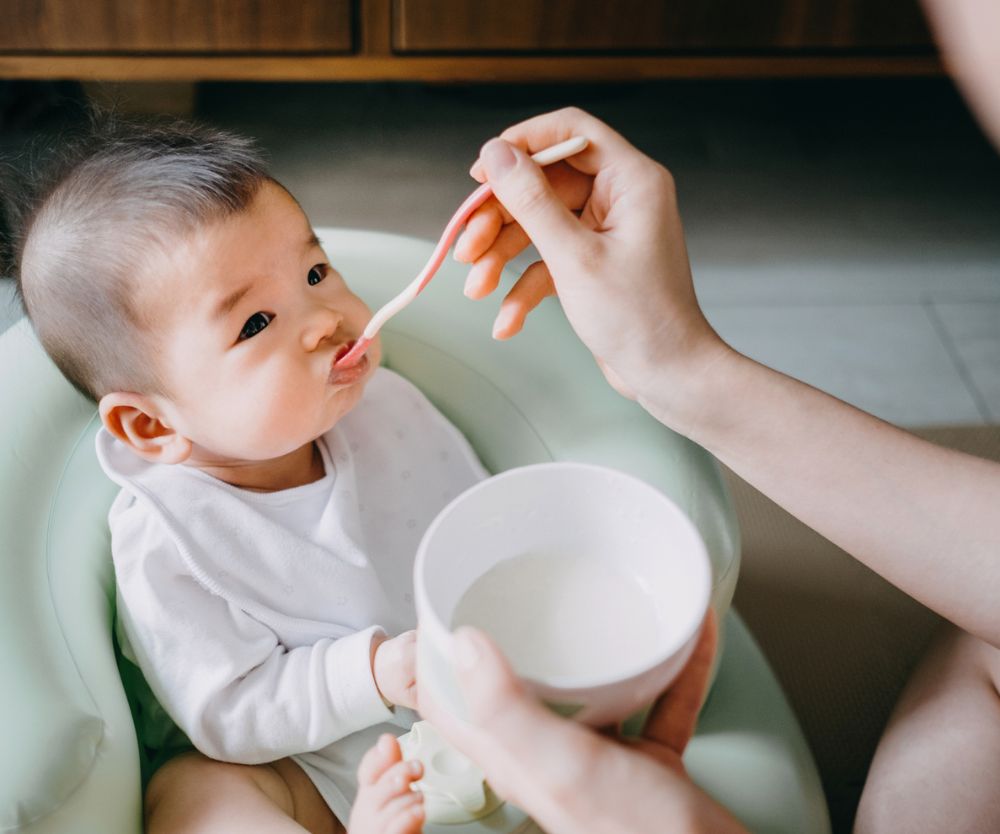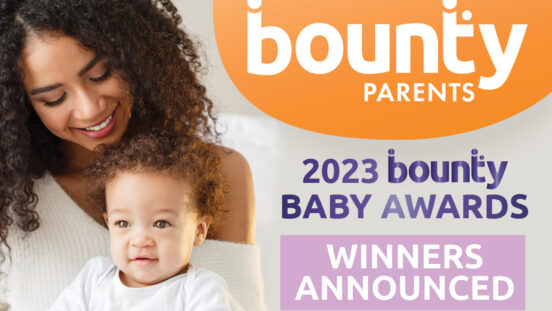Store-bought baby food: The truth about frozen baby foods versus the off-the-shelf variety
From cost to quality, which is the best store-bought option?
By Olivia Bates, Nourishing Bubs Founder & Paediatric Dietitian
When it comes to store-bought baby food and comparing shelf-stable vs frozen baby food options, there are usually a few key considerations for parents; convenience, cost and health and nutrition.
Convenience
In our busy, modern day lives, parents are seeking options which will save them time – they want convenience! Whether you choose a shelf-stable option or a frozen baby food option, there is no doubt they are both convenient.
It is saving you the time of the multi-step process of preparing, which can be an overwhelming task for any parent especially when you add extra siblings, household chores and work on top of it.
Cost
The price of the product will often be a close contender! Inevitably, purchasing pre-prepared food will cost more than doing it yourself. What if you consider it like this though – how much is your time worth?
By the time you have bought the fresh product, peeled it, chopped it, cooked it, pureed it, packed it into portions and then cleaned up everything afterwards, a fair few hours will have passed.
Time that could have been better spent – playing with your baby? Taking a nap? Catching up on some much needed YOU time?

When it comes to buying baby food, the following factors will sway your purchase decision: Convenience, cost and health and nutrition.
When you compare a fresh or store-bought frozen baby food option to a shelf-stable option, you will find nine times out of ten, the shelf-stable option will appear cheaper. One of the key reasons for this, is that a frozen (or refrigerated product) must be maintained within strict temperature controls from production to end consumption.
This adds requirements for frozen freight, logistics and storage as well as specialised packaging and manufacturing processes to ensure a safe product makes it to the end consumer. These are all elements that do not need to be considered when it comes to an ambient shelf product but have a significant impact on the price of the end product.
However, aside from the cost of actually preparing, storing and getting a frozen product versus an ambient product into a consumer’s hands, you just have to take a look at the ingredients list to understand why shelf-stable options are cheaper.

Checking the ingredients list on baby food products to know what you’re buying and exactly what you’re feeding your little one.
Ever wondered why apple or pear are listed so high on the ingredient list and usually in quite large proportions? Apple and pear are in fact the cheapest purees to manufacture!
They are also particularly high in sugars (yes natural but still sugar and very sweet). So by using 65% Apple in a ‘Pumpkin, Apple and Corn’ pouch (a popular brand’s actual product), that leaves only 35% required from the other more expensive and arguably more nutritious ingredients.
Similarly, a meat pouch will likely only contain 10% meat as this will be the most expensive element of the pouch. The rest of the pouch will likely be made up of a combination of yep you guessed it – apple, as well as other significantly cheaper ingredients like rice and pasta plus water (that is some expensive water) and even thickeners like corn flour. If you are lucky there might be a little bit more vegetable!
Health and nutrition
With that meat pouch we mentioned above, you likely chose it because you thought it would give your child a boost of protein and iron.
If this pouch contained beef, a naturally rich source of iron, 10% ie. 11g would only contribute around 0.2g of iron. And when you bought that ‘Pumpkin, Apple & Corn’ pouch, you likely assumed bub would be getting a substantial amount of pumpkin as it is the first listed ingredient in the name but in fact pumpkin in this particular pouch makes up just 20% of the pouch (or roughly 22g) versus the 65% or ~70g from apple. In reality, it appears this pouch is more of a dessert with some hidden veggies! Not exactly what you probably had in mind when purchasing it!
As babies have a natural preference for sweet foods, inevitably baby will probably gobble this delicious, sweet tasting combo down without a second thought, leading to repeat purchase behaviour but ultimately not giving bub the opportunity to get used to pumpkin on its own with its still sweet but slightly more bland flavour profile.
While this pouch is just one example, you just have to take one walk down the shelf stable baby aisle to see fruit so commonly included in what should be savoury meal options. A simple read of the ingredient list on the back will commonly reveal that fruit is making up a substantial proportion of the ingredients, with the sweetness masking the bitter taste of the veg and setting up children to seek out super sweet, high kilojoule foods which are ultimately fuelling the obesity epidemic in Australia and across the world today!

Babies, like adults, have a natural preference for sweet foods.
Aside from what’s actually in the pouch though, it is important to understand how the different manufacturing processes are able to extend the shelf life of the product as this also has a substantial impact on the end nutrition of the store-bought baby food.
Frozen baby food uses the method of freezing which is most likely how you, yourself would extend the shelf life of baby food you have prepared at home. It is a natural form of preservation which has been used for centuries when people would freeze food in the winter frosts. Freezing, whether it is in your kitchen at home or a commercial kitchen (like ours at Nourishing Bubs), avoids the need for any preservatives as it retards the growth of microorganisms and enzymes that cause spoilage. This is because these organisms are unable to grow below temperatures of -9.5°C, allowing the freezer to act as nature’s pause button, preventing degradation of nutrients and food spoilage.
Shelf-stable baby food is either found in a glass jar or more commonly in a spouted pouch. The pouch is what is known in the food industry as a retort pouch, a type of food packaging made from a laminate of flexible plastics and metal foils which is designed to withstand the thermal processing used for sterilisation.
The baby food is prepared and then sealed into the retort pouch or poured into the glass jar before being heated at temperatures in excess of 100 degrees Celsius for several minutes. It is this second round of heat treatment which kills any microbes and enzymes that cause spoilage but also inevitably also destroys some of the beneficial vitamins and minerals, which are unable to withstand heat.Inevitably, you are left with little more than a bag of energy!
At the end of the day, the choice rests in the hands of parents. Frozen baby food is our preferred choice for convenience without compromising on quality and nutrition. We want to encourage an informed choice because the leading food companies of today are hiding behind consumer’s lack of knowledge to get away with the sub-par products available in the market.
This article first appeared on the Nourishing Bubs website.




